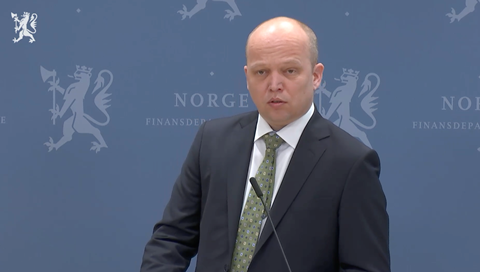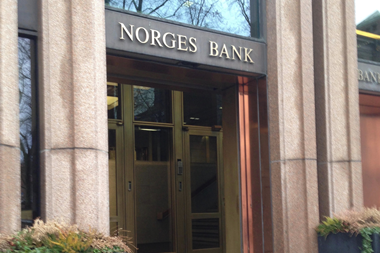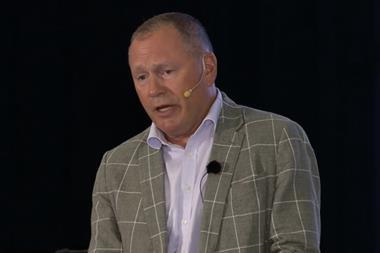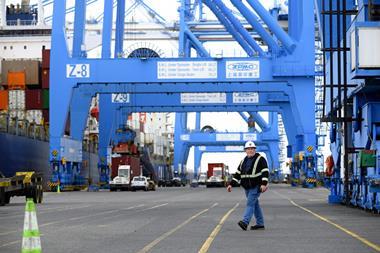Norway is digging deeper into its sovereign wealth fund to pay for government spending next year, with the spend set to have increased for three years in a row, according to proposals unveiled yesterday in 2025 budget plans.
Norwegian finance minister Trygve Slagsvold Vedum presented his new budget proposals for 2025 to the country’s parliament, including a plan to take NOK460.1bn (€39.4bn) from the Government Pension Fund Global (GPFG), up from NOK416.5bn in 2024, and NOK367.6bn in 2023.
Vedum said increased spending of capital from the fund had to be seen in light of the historical defence pledge, and the need to strengthen the police and hospital finances.
The finance minister said: “The withdrawal of capital from the fund is well below the long-term benchmark for the budgetary rule of 3%, and we continue to govern safely and responsibly.”
The government presented the change in oil fund spend – a budget item termed “structural non-oil fiscal deficit” – between the years in a number of ways.
In fixed 2025 prices, the three-year increase followed a shallower gradient, while as a percentage of mainland Norway’s GDP, there was a rise to 10.9% for 2025 from 10.4% in 2024.

As a percentage of the now NOK18.8trn GPFG itself however, the spending level is set to continue its decline, to 2.5% next year from 2.6% this year and 3.0% in 2023.
The government summed up its budget by saying people would be financially better off due to the proposals for 2025, and that Norway would be better prepared against war and crime, while social and geographical differences would be reduced.
The budget measures published include a reduction in ordinary and special taxes, and steps to lower living costs for families with children – such as upholding free childcare for younger schoolchildren and keeping the cap on kindergarten fees, according to the budget announcement.
The state’s net cash flow from petroleum activities is set to fall in the full year of 2024, to NOK680bn from NOK978bn last year, according to one announcement from the Norwegian government yesterday.
That decline is mainly because of lower gas price estimates compared to last year, the government said.
Read the digital edition of IPE’s latest magazine





































No comments yet